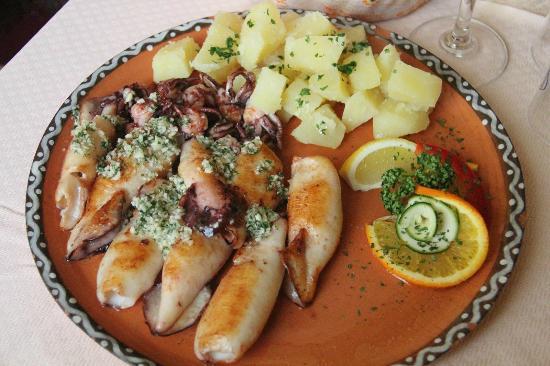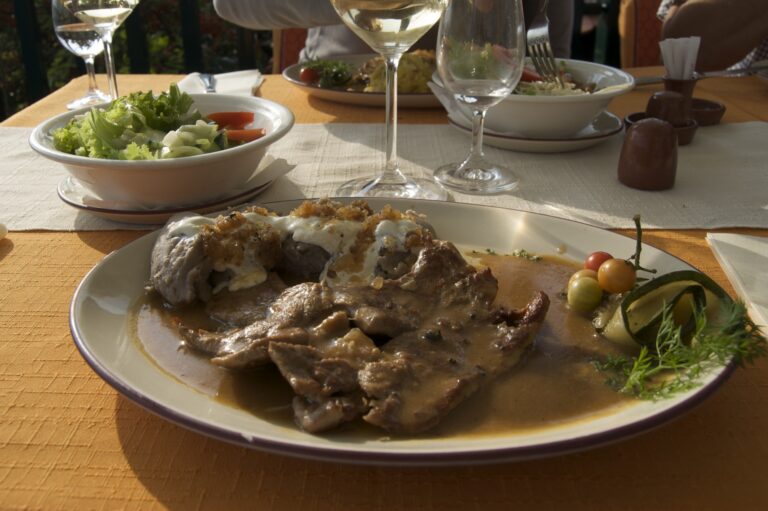Introduction: The Diversity of Slovenian Cuisine
Slovenian cuisine is a reflection of the country’s diverse history and geography, influenced by neighboring countries such as Italy, Austria, and Hungary. Slovenian cuisine features fresh, locally sourced ingredients, an emphasis on seasonality, and a love for hearty, comforting dishes. While there are many dishes that are popular throughout the country, each region of Slovenia also has its own specific specialties.
The Regions of Slovenia and Their Cuisine
Slovenia is divided into three main regions: the coastal region, the alpine region, and the Pannonian region. Each region has its own distinct cuisine, with unique ingredients and flavors.
The Coastal Region: Seafood and Mediterranean Flavors
The coastal region of Slovenia is known for its fresh seafood and Mediterranean-inspired cuisine. One of the most popular dishes is the Istrian brodet, a fish stew made with a variety of seafood, tomato sauce, garlic, and herbs. Other popular seafood dishes include grilled squid, salted anchovies, and sardines. The region is also known for its olive oil, which is often used in cooking and as a condiment.
The Alpine Region: Rich and Hearty Dishes
The alpine region of Slovenia is famous for its rich and hearty dishes, often featuring meat, potatoes, and dumplings. One of the most iconic dishes is the Carniolan sausage, a savory pork sausage that is often served with sauerkraut and mustard. Another popular dish is jota, a stew made with beans, potatoes, sauerkraut, and smoked pork. In the winter months, hearty stews and soups are particularly popular, such as ričet, a barley soup with beans, vegetables, and smoked pork.
The Pannonian Region: Meat, Mushrooms, and Paprika
The Pannonian region of Slovenia is influenced by Hungarian cuisine, and is known for its hearty meat dishes, mushrooms, and paprika. One of the most popular dishes is bograč, a meat stew made with pork, beef, or game meat, paprika, and vegetables. The region is also known for its gibanica, a layered pastry filled with cottage cheese, walnuts, poppy seeds, and apples.
Conclusion: Exploring the Regional Delicacies of Slovenia
While Slovenian cuisine may not be as well-known as some of its European neighbors, it is certainly worth exploring. Each region of Slovenia has its own unique and delicious specialties, from fresh seafood in the coastal region to hearty stews in the alpine region. By exploring the regional delicacies of Slovenia, you can gain a better understanding of the country’s history, culture, and geography, and enjoy some truly delicious food along the way.










